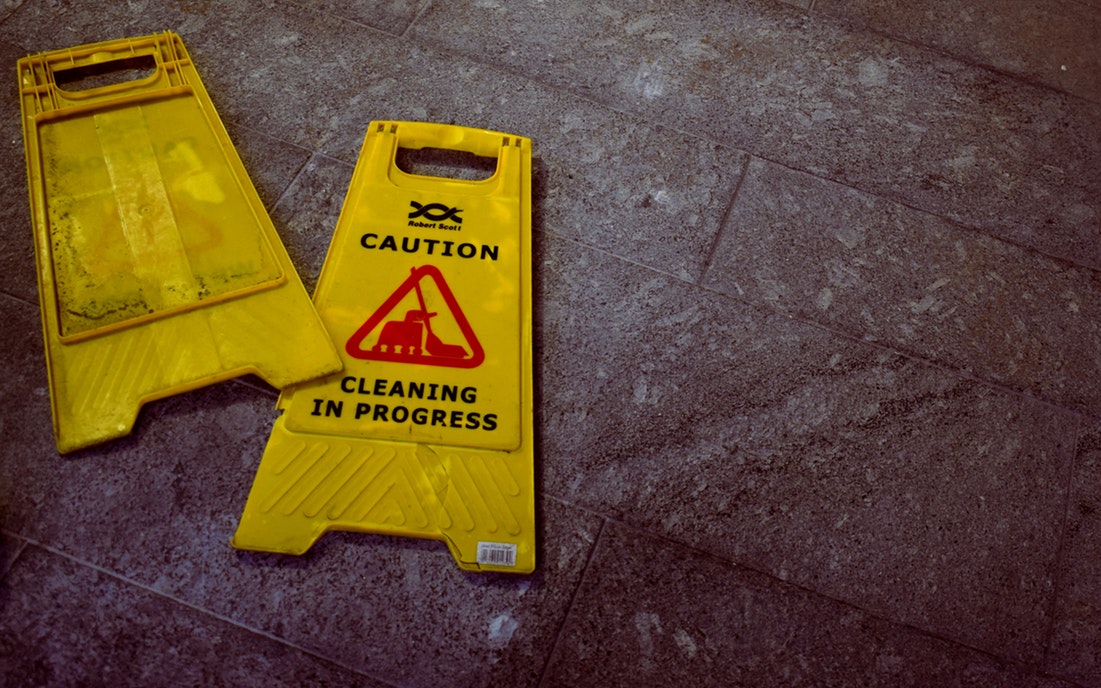What is ISO 45001?
ISO 45001 is a new and distinct ISO standard for occupational health and safety (OH&S). It’s one of the most eagerly awaited standards in the world and is expected to drastically improve levels of workplace safety.
It was published on 12 March 2018 and will be phased in gradually over the next three years.
Does it replace OHSAS 18001?
Yes, ISO 45001:2018 will be replacing OHSAS 18001, the former benchmark for OH&S.
If you’re already compliant with OHSAS 18001 you have until March 2021 to transition over to ISO 45001. Many of the requirements of the new standard have been carried over from OHSAS 18001 but, in line with the requirements prescribed by other ISO standards, ISO 45001 contains several new areas of focus. You’ll need to be familiar with these if you want to work towards compliance.
Why a new standard?
While ISO 45001 does draws on OHSAS 18001, it’s a new standard rather than a revision or update. By creating a new international standard, this will set global conformity across businesses, as ISO 9001 does for quality and ISO 14001 does for environmental, as well as allow organisations to share best practices.
What are the main differences?
There are many differences, but the main change is that ISO 45001 concentrates on the interaction between an organisation and its business environment while OHSAS 18001 was focused on managing OH&S hazards and other internal issues.
Additional requirements include:
- Increased focus on risk management. You must consider, identify and take the necessary corrective and preventative actions to address any risks posed to the health and safety of their workforce.
- Increased commitment from senior management. Top management must actively engage and contribute in the health and safety management system of the business. Top management must also provide the mechanisms, time, training and resources for consultation with workers prior to making a decision, with clear two-way communication and enable workers to participate in the decision-making process.
- Increased emphasis on the business context. You’ll need to consider the unique ways that the health and safety of your workers might be compromised and act accordingly.
- Increased focus on objectives and KPIs. You should set, monitor and evaluate health and safety performance objectives as drivers of continuous improvement in the workplace.
These changes represent a significant shift in the way health and safety management is perceived. OH&S is no longer treated as a ‘stand alone’ but now must viewed within the perspective of running a sound and sustainable organisation.
What benefits will it offer my business?
A key benefit of the new standard is that it’s based on the Annex SL framework, so it integrates seamlessly with other ISO management systems, including ISO 9001:2015 and ISO 14001:2015. This will help you to streamline processes and deliver efficiencies saving time and money.
It can also help:
- Increase organisational resilience through proactive risk prevention, innovation and continual improvement.
- Ensure compliance with current legislation worldwide.
- Demonstrate brand responsibility by committing to safe, healthy and sustainable work.
Find more details about management systems.
What should I do?
A good place to start is with the ISO 45001 migration self-assessment guide. This tool will help you to start the review process and track your progress against the new standard. It doesn’t form part of the official certification process, although you may find it a beneficial reference during certification assessment.
It will also be helpful to read the ISO 45001 essentials toolkit, which includes a copy of the standard, a comparison guide and interactive terms and definitions.
It’s best to get started with your planning as soon as possible to pro-actively manage the process. If in doubt, seek support!
ISO, management systems and auditing can be daunting and time-consuming so please do get in touch for Absolute Quality advice.







